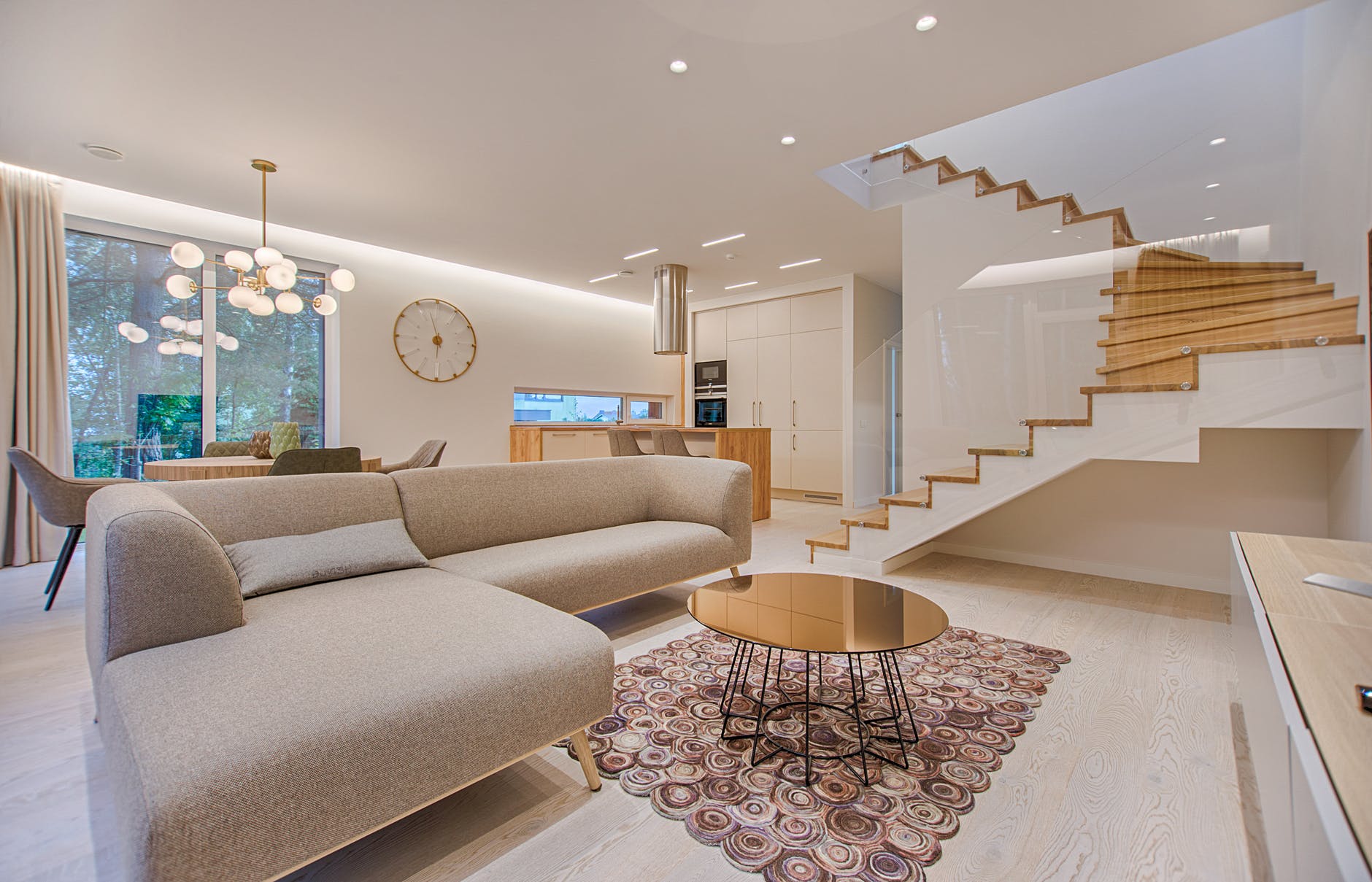Interior design is a discipline that is far more than what meets the eye. An interior designer is crucial to how we feel and what we remember about our presence in a particular indoor area. Interior design is what sets the tone and creates the experiences that we create a sense of bonding and reminiscing with. It’s these experiences that allow us to revisit a particular indoor place multiple times and frequently. However, it is hard for an interior designer to showcase his or her vision without actually spending the time to create his or her complete work. This is where Realistic Renderings come in to play. Realistic views created with 3D Computer Generated Imagery allow designers to spend only so much of their time, money and energy to create a realistic rendition of what they would want as their final outcome.
That is the manner by which 3D designs work for progressively powerful development projects as well. Realistic rendering diminishes the exertion and time put in by allowing a designer to preemptively identify the mistakes or changes they would require. All of this can be done without any material waste, in turn helping the interior designer to stay away from any future contradictions. Subsequently, the designer, the manufacturers, and the customer are also able to approve the final outlook before all the time and energy is put in by the designer.
3D designs also work best to ensure complete customer’s comprehension of the feel and vision that the designer wants to create. For design renderings to look as reasonable as could be allowed, 3D craftsmen utilize such rendering modules as Vray and Corona. Both of them make still and vivified 3D renders with strikingly exact materials, lively hues, distinctive lights, and shadows. 3D perceptions after creation help intensify the effect by shaping the most beneficial climate and livening up the image with individuals and vehicles. Thus, the CGI experts put the working into the setting that moves best.
For over a decade we have seen hand drawings being present. Now, with photorealistic views, a designer can not only put its vision to display for others but can also make complete comprehensive 3D imagery that can be used in various ways, from Presentations, 360 Photos and Videos, 3D Walkthroughs, Virtual Reality Views, Animated Videos in 3D spaces and the most minimum 3D still images. All in all, the ability to create realistic renderings help interiors designers in multiple ways and allow them to connect with their audience in a far superior way.
Blog Courtesy- PIXARCH

